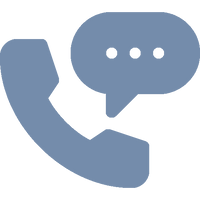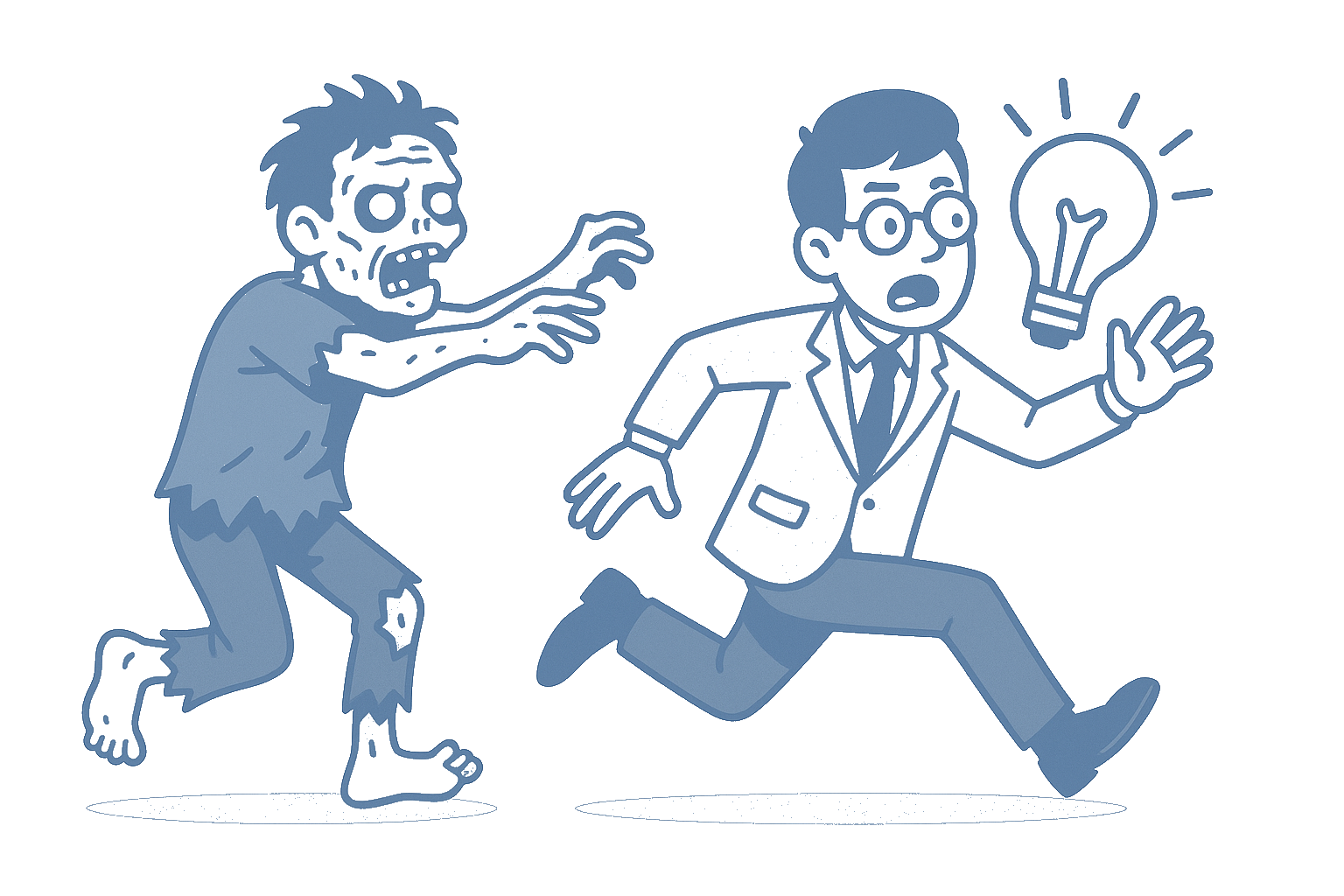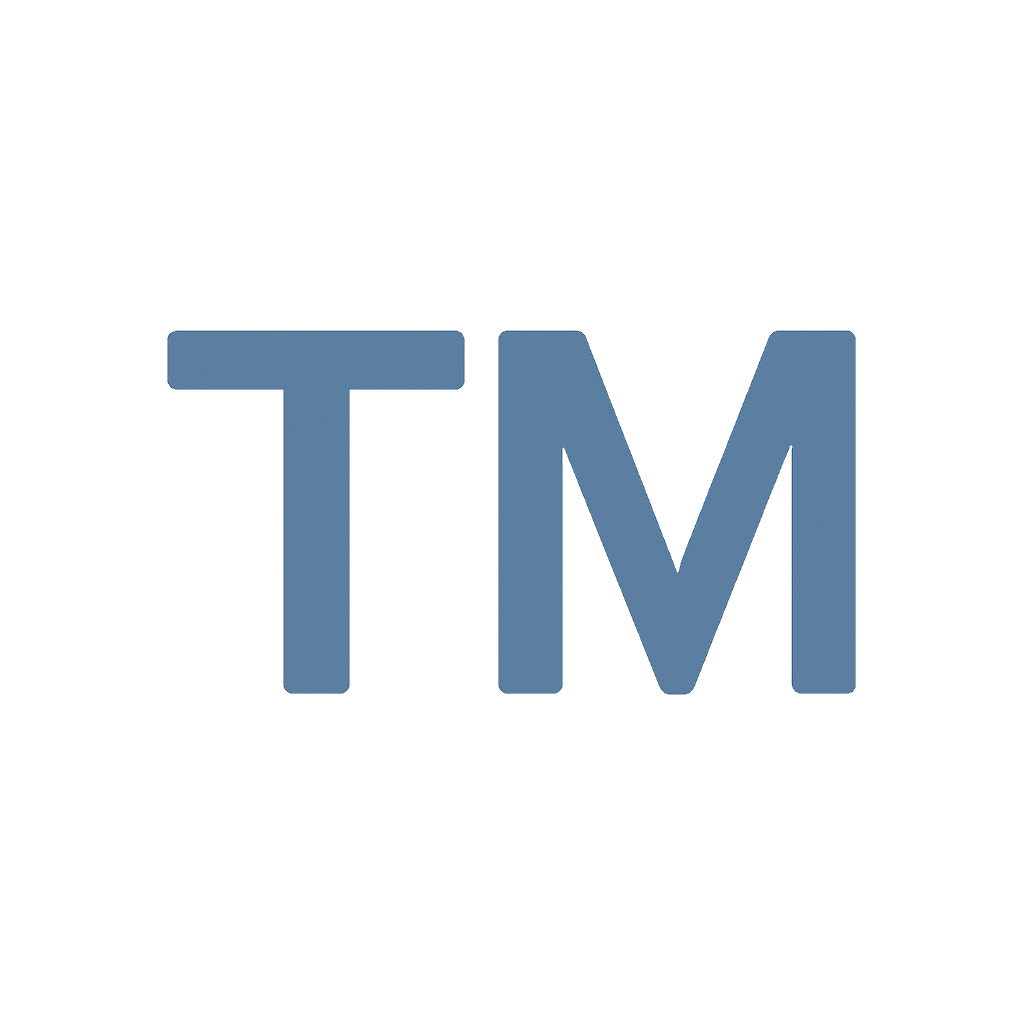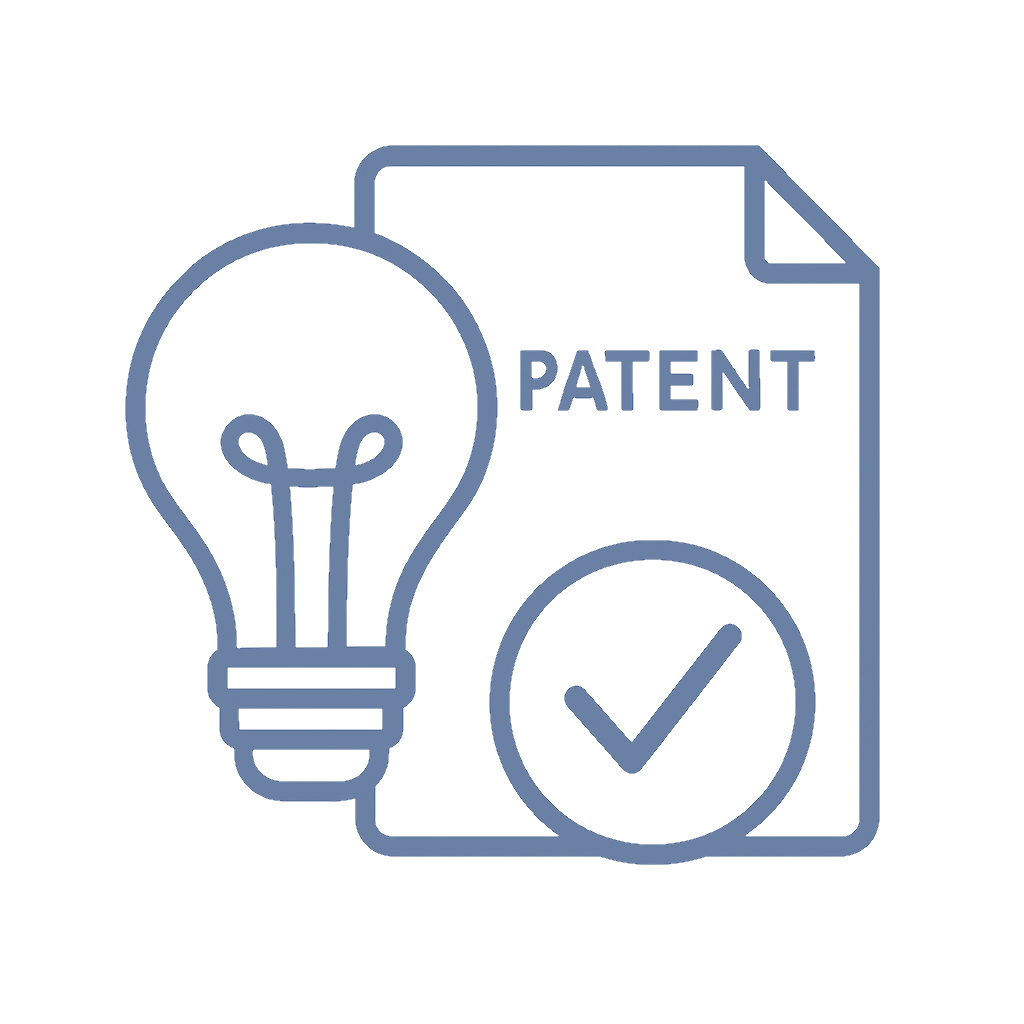📌 Quick Summary
1-Sentence Answer
If you release your product before filing a patent, knockoffs can create prior art—legally blocking you from ever patenting your own invention.
The Article Overview
This article dives into the nightmare scenario of inventors who launch before filing, only to be outpaced by imitators. We’ll explore how public disclosure and knockoffs destroy patent rights, examine real-world examples, outline legal protections, and share survival strategies to outsmart the copycats and save your IP future.
❓ Common Questions & Answers
Q1: What happens if I sell my product before filing for a patent?
Once your invention becomes public, it counts as prior art—potentially barring you from patent protection in most countries outside the U.S.
Q2: Can I still file a patent after knockoffs appear?
Maybe. In the U.S., you may have up to a one-year grace period from your first public disclosure—but knockoffs that alter or improve your design may still file first elsewhere.
Q3: Do knockoffs automatically own my invention?
Not legally—but their existence in the market may establish prior art that makes your application “obvious” or unoriginal.
Q4: How can I prevent knockoffs from blocking my patent?
File a provisional patent application before launching, use NDAs, and document invention dates to establish priority.
Q5: What if someone files a patent on my product overseas?
Unless you filed first, international patent offices (like the EPO or IP Australia) will likely side with the earlier filer—even if it’s your copycat.
📜 Step-by-Step Guide
-
Step 1: Document Everything Early. Keep detailed records of invention development, prototypes, and test results—this evidence may protect your claim.
-
Step 2: File a Provisional Patent. It buys you a 12-month window of protection while you refine or market-test your product.
-
Step 3: Use NDAs During Demos. Never pitch investors or manufacturers without legal agreements to prevent disclosures.
-
Step 4: Avoid Premature Publicity. Marketing campaigns before filing can unintentionally start your patent countdown.
-
Step 5: Monitor the Market. Use alert tools and customs enforcement to detect knockoffs before they gain traction.
📖 Historical Context
The battle between inventors and imitators dates back centuries. In 1852, the sewing machine wars erupted when multiple inventors—Singer, Howe, and Wheeler—claimed similar inventions. The courts ultimately favored the first filer, setting a precedent for patent priority.
Fast-forward to the 20th century: the Wright Brothers’ aircraft patent faced countless copycats. Yet, because they filed early and comprehensively, they retained control—until their own licensing disputes grounded innovation.
Today, with global e-commerce and rapid manufacturing in Asia, the “knockoff problem” has evolved. Inventors can lose international patent rights in weeks due to premature product launches or viral exposure, proving that in the digital age, speed is ownership.

🏢 Business Competition Examples
-
PopSocket vs. Knockoffs (U.S.) – PopSocket’s early public promotion led to thousands of counterfeit versions. Though patented later, enforcing rights cost millions.
-
Dyson Vacuum Technology (U.K.) – Competitors filed similar patents in Asia before Dyson’s global filings, limiting its international scope.
-
Onewheel Electric Boards (U.S.) – Early YouTube prototypes led to global copies, weakening patent enforceability abroad.
-
GoPro Action Cameras – Open demonstrations attracted knockoffs in China before patent protections were finalized.
💬 Discussion Section
Knockoffs don’t just threaten sales—they threaten patentability itself. When a product enters the public domain without a filed application, it becomes prior art. Under 35 U.S.C. §102, any public disclosure—by the inventor or a third party—can destroy novelty.
In practice, this means if your product goes viral before filing, anyone (even you!) can lose the right to patent it. Copycats who produce and sell versions of your invention effectively create evidence that your invention is “already known.” Worse, in many jurisdictions—like Europe, Canada, and Japan—there is no grace period. Once it’s public, it’s gone.
For startups, this can be fatal. Investors often value companies based on IP portfolios. Without patent protection, you’re left competing on brand and speed alone. Filing a provisional application early is like setting a legal tripwire: it doesn’t stop imitators, but it preserves your right to fight them later.
Internationally, timing is everything. The “first-to-file” principle adopted under the America Invents Act (2013) means that even a day’s delay could cost an entire IP empire. While the U.S. offers a one-year grace period, that generosity doesn’t extend abroad. As such, the strategy is clear: file first, talk later.
⚖️ The Debate
Inventor’s View:
Public exposure drives funding, validation, and market traction. Filing patents is expensive and slow. Innovators argue that early launches are essential for survival—and that IP systems should adapt to modern innovation cycles.
Attorney’s View:
Patent rights exist to reward originality and secrecy until filing. Publicity before protection undermines the entire framework. The law isn’t meant to punish inventors—it’s designed to ensure fairness in a first-to-file world.
✅ Key Takeaways
-
File before you go public—never after.
-
A provisional patent is your cheapest insurance policy.
-
Public exposure = prior art in most of the world.
-
Knockoffs can destroy novelty and patent rights.
-
The clock starts ticking the moment your invention is revealed.
⚠️ Potential Business Hazards
-
Global IP Loss: One viral TikTok can kill patent rights in 150+ countries.
-
Investor Hesitation: Lack of IP filings deters venture capital interest.
-
Enforcement Challenges: Copycats may hold “blocking patents.”
-
Reputation Risk: Being “the copy” of your own product is brand poison.
❌ Myths & Misconceptions
-
“I can file after my product is on sale.” → False (only in the U.S., and even then risky).
-
“A copyright or trademark protects my idea.” → False; they protect branding, not inventions.
-
“If I invented it first, I’ll win in court.” → False; patent law is now first-to-file, not first-to-invent.
-
“Knockoffs are always illegal.” → Not if they use your public design legally after disclosure.
📚 Book & Podcast Recommendations
-
Book: Patent It Yourself by David Pressman — https://www.nolo.com/products/patent-it-yourself-pat.html
-
Book: Burning the Ships by Marshall Phelps — https://www.amazon.com/Burning-Ships-Intellectual-Microsofts-Innovation/dp/0470245812
-
Podcast: The IP Law Podcast — https://iplawpodcast.com/
-
Podcast: How I Built This (NPR) — https://www.npr.org/sections/how-i-built-this/
⚖️ Legal Cases
-
Egbert v. Lippmann (1881) – https://supreme.justia.com/cases/federal/us/104/333/
A private use counted as public disclosure, destroying patent rights. -
Pfaff v. Wells Electronics (1998) – https://supreme.justia.com/cases/federal/us/525/55/
An offer for sale before filing invalidated a patent. -
City of Elizabeth v. Pavement Co. (1877) – https://supreme.justia.com/cases/federal/us/97/126/
Experimental use exemption narrowly saved patent validity. -
Helsinn v. Teva (2019) – https://supreme.justia.com/cases/federal/us/586/17-1229/
Even secret sales before filing count as prior art.
📣 Expert Invitation
Are you an inventor, startup founder, or patent attorney with your own “knockoff horror story”?
Join the discussion and share your insights at 👉 InventiveUnicorn.com.
🔚 Wrap-Up Conclusion
Knockoffs are more than just business nuisances—they’re legal landmines. A single unfiled launch can turn your million-dollar idea into an unpatentable public domain relic. The fix isn’t complicated: file early, disclose smartly, and never underestimate copycats. In the race for innovation, those who file first don’t just win—they own the finish line.











